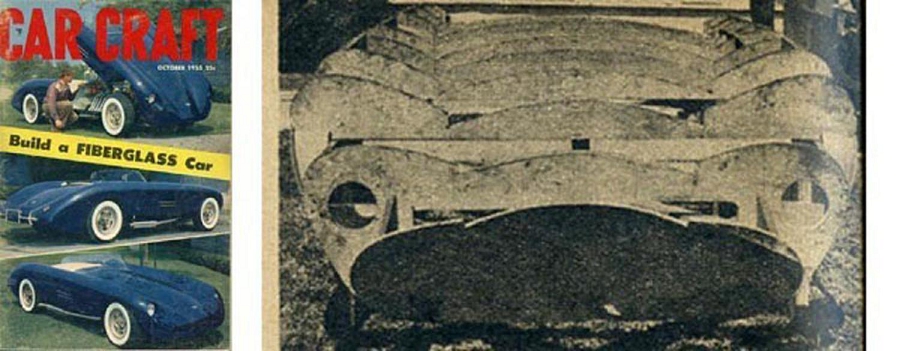
Note: This is the first in a series of articles that appeared in Car Craft Magazine about the process of designing and building your own fiberglass bodied sports car.
Car Craft published one of the most detailed series of articles ever to appear on this subject, beginning in October, 1954 and culminating in February, 1955. They went on to cap this series by publishing a “Buyer’s Guide” for fiberglass sports cars in March, 1956. Click here to review this special final article by Car Craft Magazine – one presented here at Forgotten Fiberglass in 11 separate stories.
All in all, this is an amazing series of articles published during the golden age of designing and building your own fiberglass sports car – a window into the 1950s like no other. Click here to review each of these stories on Car Craft’s “Building Your Own Fiberglass Sports Car” here at Forgotten Fiberglass.
————————–
Hi Gang…
What a great article this was in the history of conceiving, designing, building, and driving your own fiberglass sports car. I was aware of one or two of these articles in this “Car Craft Series” but didn’t realize it was a five-part series that started in Car Craft’s October, 1955 issue and continued through February, 1956.
I was, however, aware of their March 1956 issue – one of the best reviews of fiberglass cars ever written. Click here to review the series of articles we posted (11 in all) on this single comprehensive review of fiberglass sports and custom cars from March, 1956.
We’ll feature each of the articles in this series – individually – leading up to the March, 1956 issue. That’s over 5 stories here at Forgotten Fiberglass. What makes this series of 5 articles invaluable to us is that they focus and showcase photos from the development of just one sports car – the Sorrell sports car by Bob Sorrell. It’s an amazing look at the design, development, building and execution of a single car showing some of the best techniques one could use at the time.
Let’s have a look and begin our exploration of both designing and building your own fiberglass sports car and the development of the Sorrell sports car body.
Away we go…
Building a Fiberglass Car
Part 1: Design and Full Scale Model
By Ray Brock
Way back in the year 1883, the Duryea brothers, Frank and George, invented an automobile which the Smithsonian Institute has recognized as the first marketable American car. Since that time, thousands of Americans have conceived ideas for cars which they would sure would revolutionize the whole automotive industry.
Hundreds of these efforts actually reacted the production stand and old-timers in the neighborhood can rattle off dozens of names which don’t sound familiar to those of us who have appeared within the last thirty years or so.
Assembly lines, volume production and public acception have narrowed this vast field down to the present few dozen which now comprise America’s production automobiles. This does not imply that the old idea of “build a better mouse trap -“ has died off.
For example, take a look at all the customs and hot rods which have been built just because somebody wanted to prove that they could build a better mouse trap than the one Detroit put out. The big point here is that 99% of these cars were originally Detroit creations and the finished customized results can usually still be recognized as having been a certain Detroit car after the work is all finished.
If you want to build a car with a design which is all your own, then go right ahead. Don’t worry about the engine and running gear, nobody will ever notice them beneath that beautiful body they are wrapped in. Even though you have used Detroit underpinnings, the car will be recognized as your own creation.
In past years, the back yard designer had a choice of two types of materials to build his body with. First was sheet metal but man, is that stuff hard to work with when the fancy curves start. The second type of body material was aluminum. This metal is very easy to stretch and shape into any kind of contours but only if you happen to be a real aluminum bending expert. The finished product is light but the expense is high.
Soon after World War II, some manufacturers of small boats started to experiment with plastic hulls. A plastic resin was molded with cloth woven of glass fibers for reinforcement and the results were fantastic. About this time, somebody figured out that a car body could be formed of the stuff just as easy as a boat hull.
Actually although this person undoubtedly thought the idea was all his, Henry Ford had experimented with soy bean plastics as early as 1939 for car body panels. The original complete plastic bodied car, as far as we can tell however, was the one designed and built by Glasspar boat building company for a U.S. Army major in 1951.
This car was previewed in Los Angeles at an automobile show and immediately captured the imagination of a lot of would-be car designers. By this time, plastic reinforced with glass fiber cloth was commonly being referred to as fiberglass. So to eliminate all of the various other names which might confuse you, we will use this one name only to describe the material in molded form – fiberglass.
Fiberglass can be formed into any shape, it is relatively inexpensive, it requires no special tools, it is far lighter in weight than steel, it is very strong and with instruction, anybody can work with it. Lest we make it sound too easy, we hasten to add that experience and study make the difference between an amateur and professional looking finished job.
A big help to any beginner is found in Trend Book #112 written by Robert Behme and titled “Manual of Building Plastic Cars.” The price is $.75 and it can be ordered by mail from Trend Inc., 5959 Hollywood Blvd., Los Angeles 28, California.
Right here, we are going to leave the fiberglass part of the story for awhile and go into the “Building a Fiberglass Car” story from the very start which is design. After design, we will cover in this and successive issues such things as:
* drawings
* models
* full scale wooden mockup
* full scale plaster model
* making a female mold from the plaster model
* preparing the mold for layup
* laying up a fiberglass body
And so on until the body has been worked into the finished car on the cover and pages 14-17 of this issue (editor’s note – in this same issue the magazine covered Dick Lane’s Sorrell – click here to review this story posted earlier on Forgotten Fiberglass).
OK, now you are all set t start designing your own car but before you pick up that pencil and start making graceful aerodynamic pictures, you’d better find out just what the body is going to cover up. What kind of an engine are you going to use? If it is a big bore V8, they you must figure wheelbase, engine overall dimensions and running gear parts accordingly.
If the engine and running gear are going to come from a small foreign car such as an MG, the overall size will be smaller. Don’t forget though that no matter how big the car, you still have to drive it. Better measure how much room you need to stretch your feet out when you are in a driving position.
The best idea is to make a scale drawing of the chassis and then sketch in the engine, radiator, yourself and everything else that might have a bearing on the height and length of the car. Now, how about wheel travel? Regardless of whether the suspension is fully independent or not, all four wheels are going to do a certain amount of moving up and down.
Then too, the front wheels turn so the body will have to be designed to give clearance not only when they are straight ahead but also to clear should the car hit a dip while the wheels are in a cramped position. Figure A shows a typical independent front wheel with unequal length front suspension arms which are designed to eliminate track change during movement.
Notice that the top of the tire leans toward the center of the car when the wheel absorbs a jolt. This must be considered when the inside of the fender or wheel well is designed. Another little item which must not be overlooked with the independent setup is wheel lean to both the inside and outside of the car.
Figure B illustrates how the front wheels lean during severe cornering. With a solid front axle, the wheel movement will not be as varied as with the independent suspension but you should still figure the limits of wheel travel before drawing in these body sections.
To get to a more realistic example, take a look at figure C. This is taken from the original scale drawings Bob Sorrell and his father used while building the full scale wooden mockup for the Sorrell fiberglass roadster body. Not the scaled sketches of the engine, radiator, drive line and steering column.
The body shell has ample clearance and Bob was able to give the body smooth flowing lines because he knew where all major components were located. The complete set of drawings included plans for wheel movement, frame routing, driver and passenger location, body to frame mounts and everything else needed to make an automobile motate.
Figure D is a top view of Sorrell’s car. The two symmetrically curved lines down through the length of the car are the definite fender to body lines established by Bob to add a personal air of distinction to his car. For the wooden templates which were used to form the framework for the full size plaster model, measurements were transferred from the C and D drawings to a half front view (figure E) which gave the template contours every ten inches at full scale.
After one-half of the end view had been expanded to full size, it became a simple matter to reverse the curve for the opposite side of the templates. Another method which commonly used at this point is a process called lofting. This is fully described in the Trend Book and is used to transfer measurements from a scale model of clay or plaster to full scale drawings from where they are then transferred to the wood and cut for templates.
After all of the templates were shaped, they were fastened together in their proper position on ten inch intervals. At this point, it is wise to fasten the wooden framework to a simple chassis or other means of motivation so that the full scale model can be moved around to be worked on and also be rolled from the garage into the sunlight to speed the drying of the plaster of Paris or casting plaster.
With the wooden mockup completely assembled, wire stringers are stretched between the templates about two inches beneath the surface of the body and spaced about every four inches. When these are complete, strips of waterproof paper are used to cover the wire so that a good backing will be provided for the plaster.
Before the plaster is applied, chicken wire or burlap should be wrapped over the paper to provide strength to the plaster and hold it together. The entire space between the templates or stations as they are also called may be filled with plaster and then smoothed by hand or machine sanding.
Some car builders have found it easier to smooth the body if the plaster is stopped just beneath the top of the templates and the remaining space filled with water-filling clay. Clay is easier to work with then hard plaster although somewhat more expensive.
After the male mold is completely formed and contoured using the wooden templates as guide points, the old should next be thoroughly dried. After it is dried, the next step is to sand down the male mold until it takes on the appearance of a finished automobile and meets with your satisfaction.
Next, a coat of shellac should be sprayed on to seal the clay or plaster and the mold can then be sprayed with heavy body primer to fill any minor imperfections. Hand sanding is used to bring the male mold to final shape and this part of the job is complete.
Just remember, any flaws in your full scale male mold will show up in the female mold and then be transferred to the fiberglass body. It is easier to erase flaws in plaster or clay then to do it later on with the fiberglass body.
Got the idea now? Next month we’ll show you how to make a female mold of fiberglass in several sections so that they are easy to work with.
Summary:
What a great start to this series of articles on how to design and build a fiberglass car – five articles in all with a sixth summary article by Car Craft in March, 1956 listing all models of bodies they knew were available.
If you carefully reviewed and read part 1 of the story above, you begin to appreciate what it took for a talented individual or small fabrication shop to design, create, build, and produce a nice looking, hand-crafted fiberglass sports car body. It wasn’t for the faint of heart gang – it was a for a small number of creative, visionary, energetic, optimistic individuals – the same group of individuals that have come to earn our respect and admiration here at Forgotten Fiberglass.
Hope you enjoyed the story, and until next time…
Glass on gang…
Geoff
——————————————————————-
Click on the Images Below to View Larger Pictures
——————————————————————-
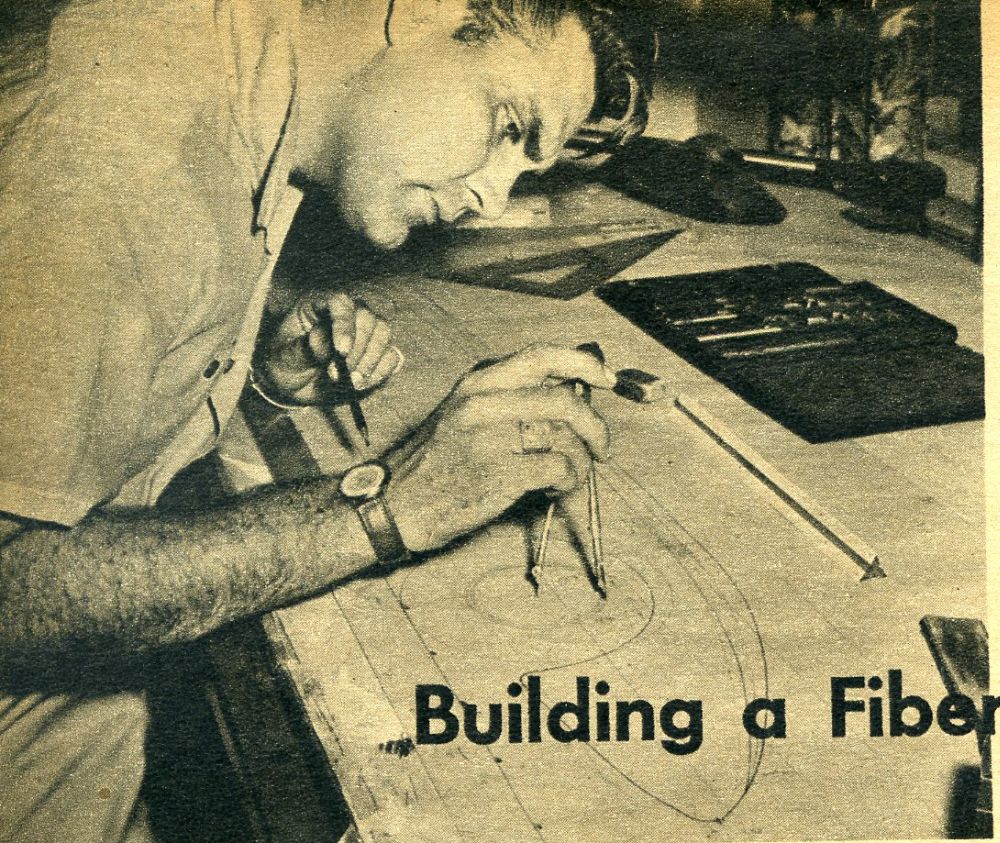
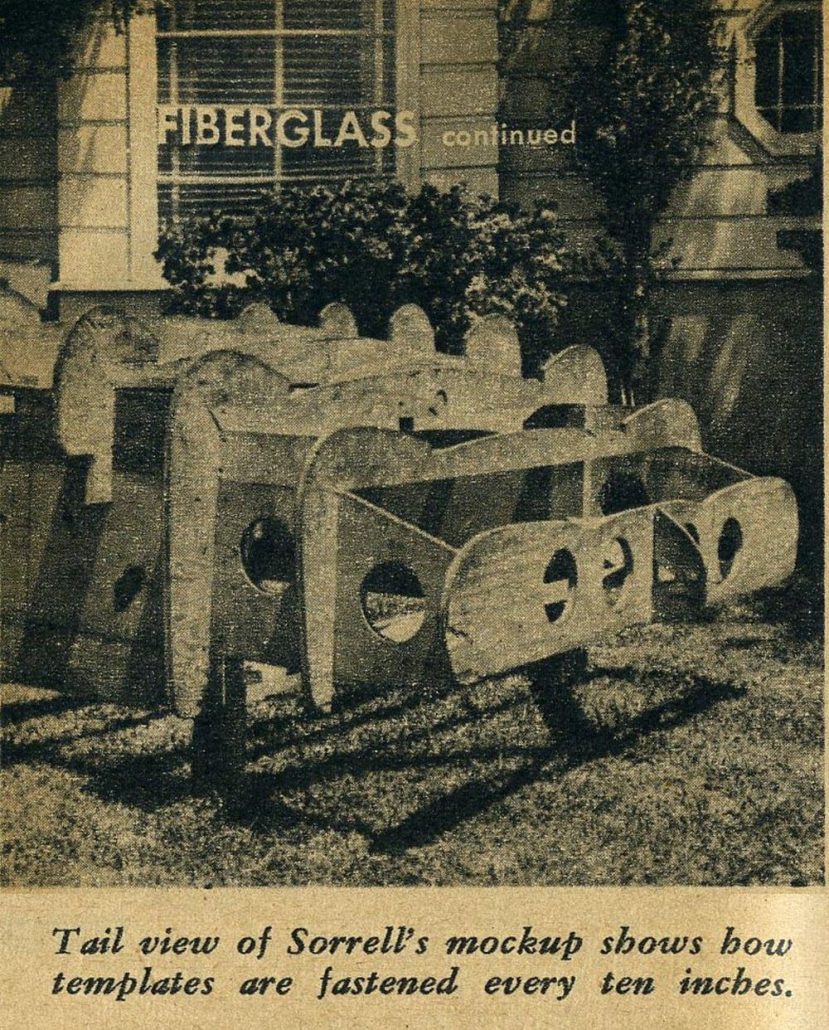
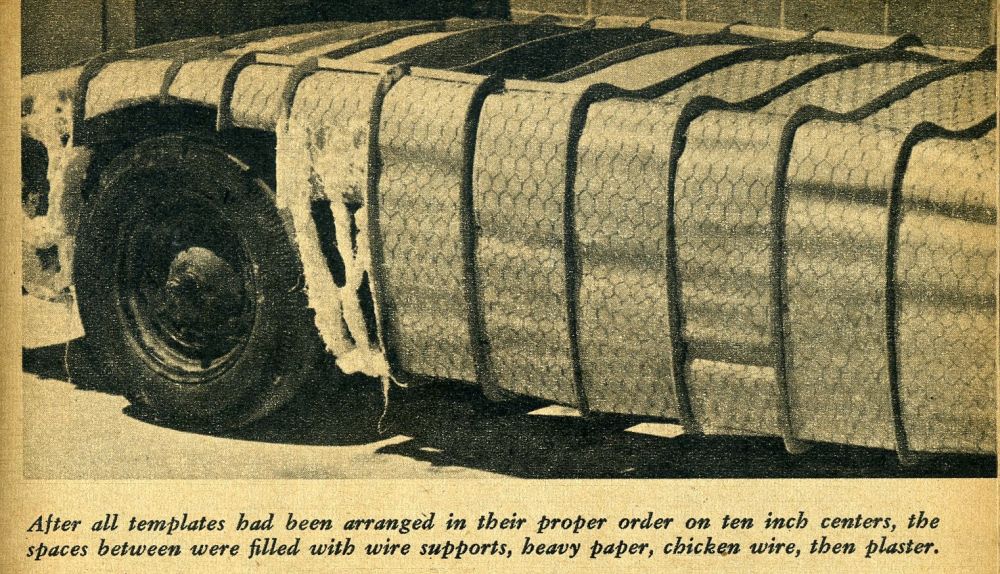
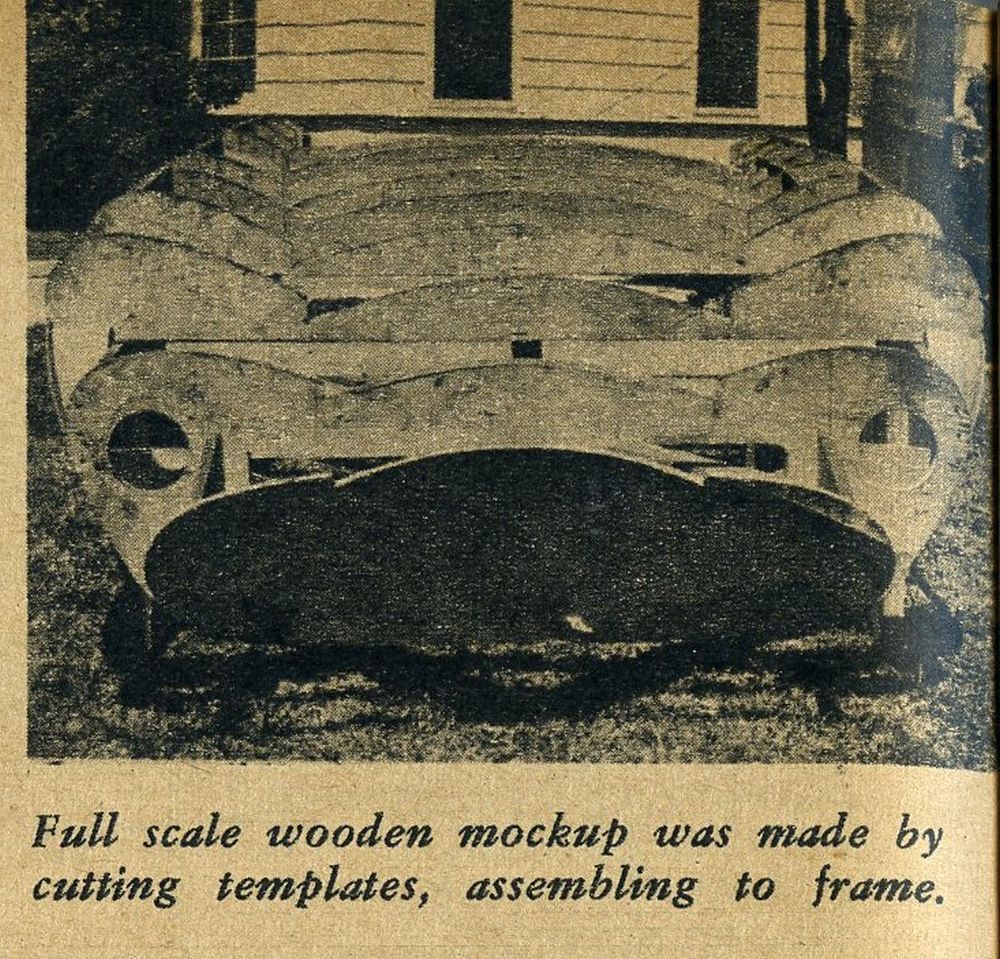
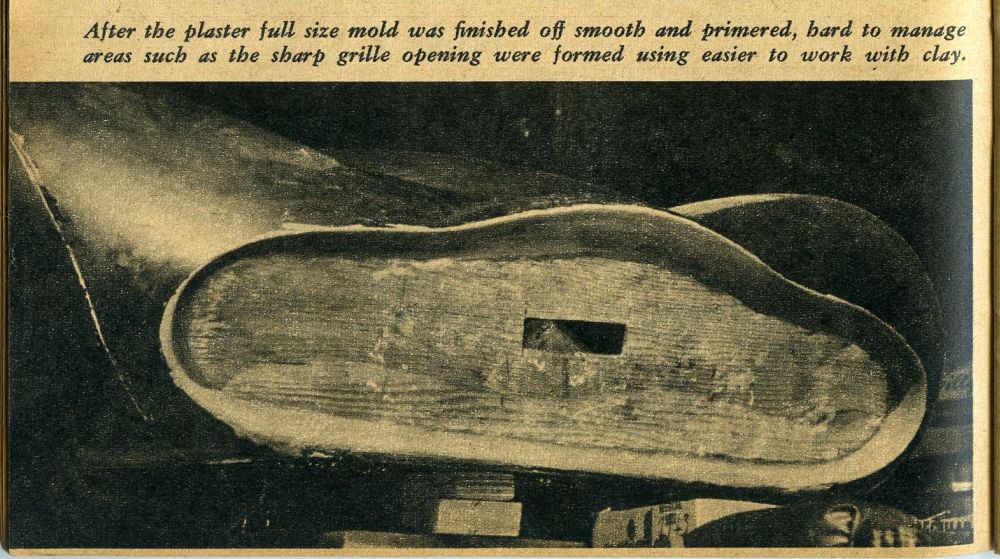
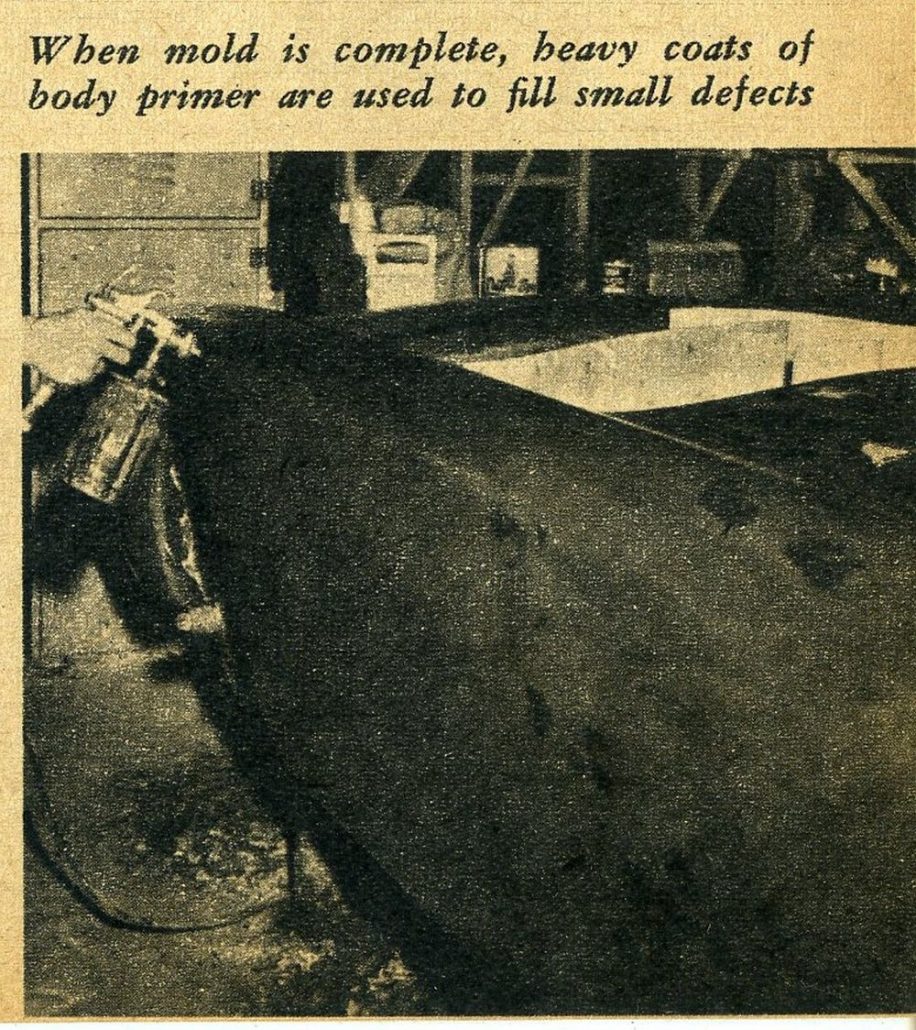
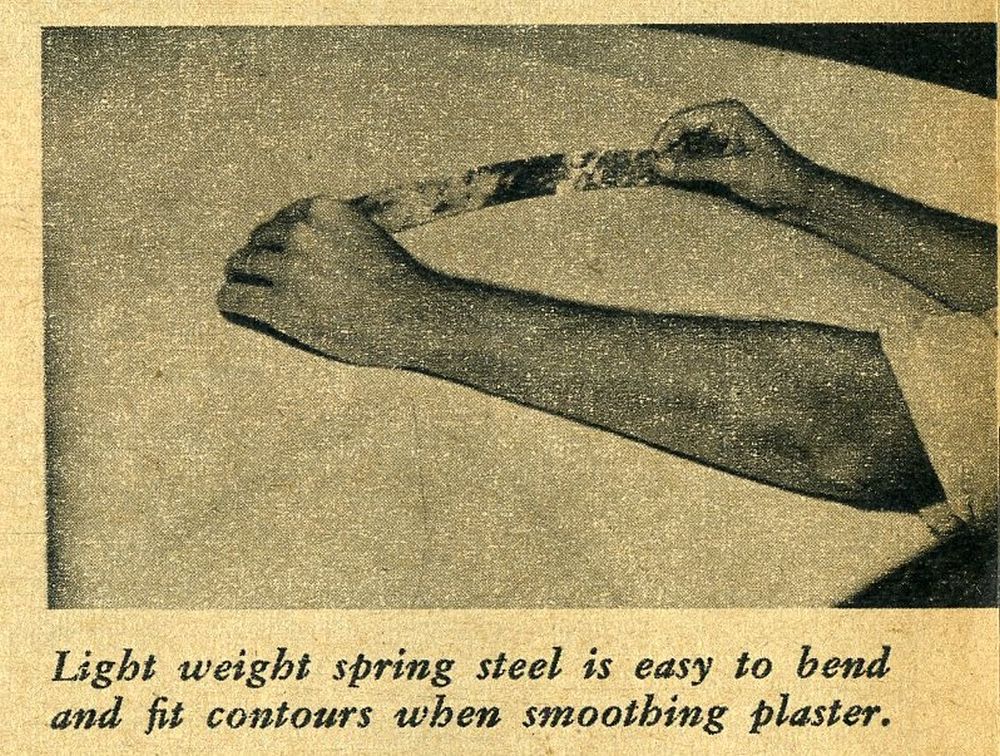
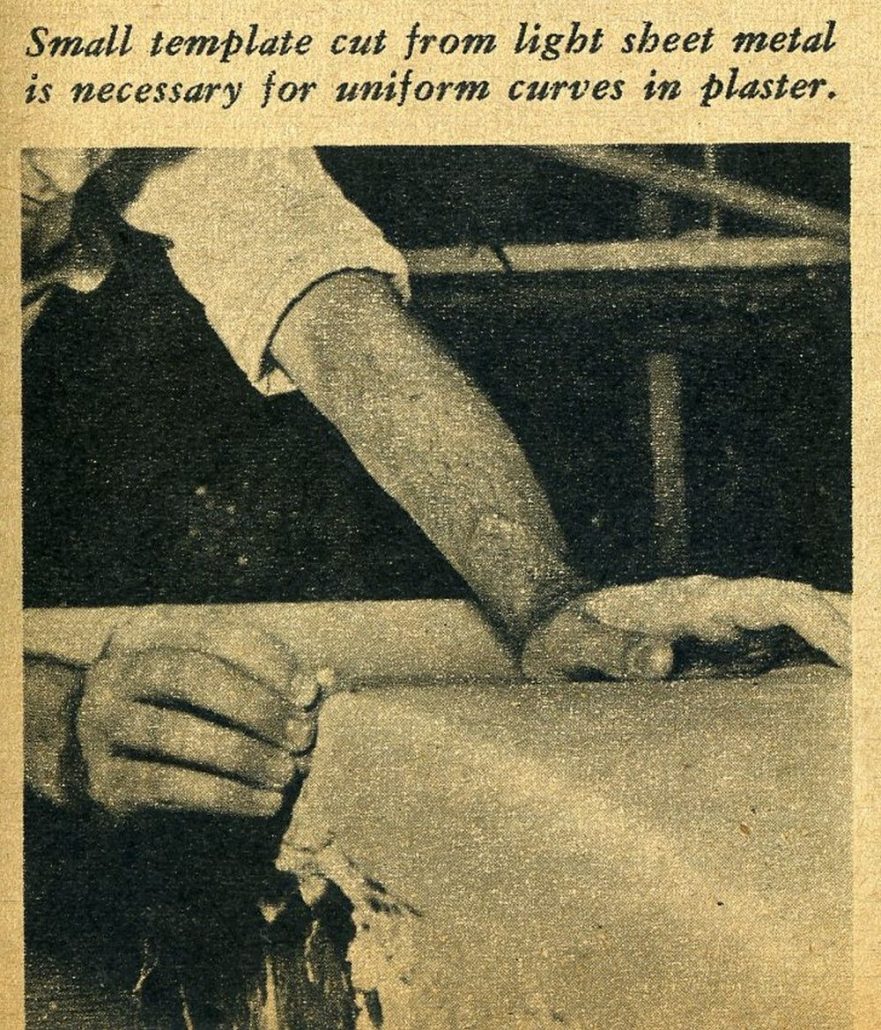
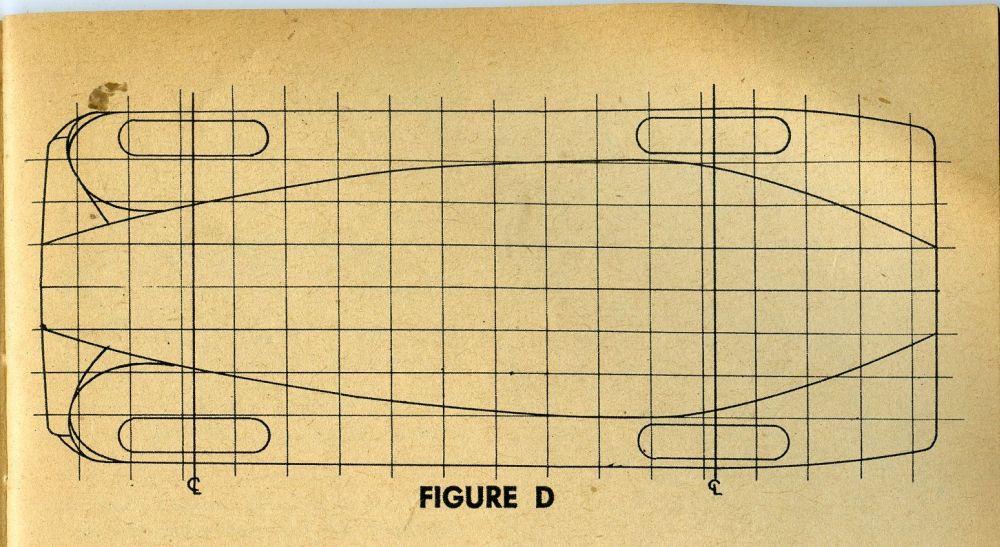

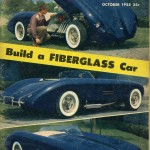
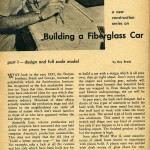
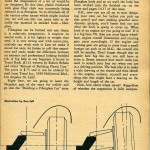
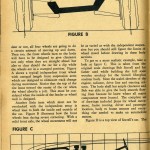
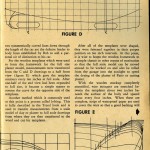
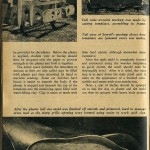
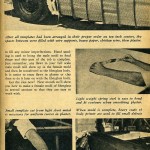
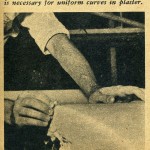
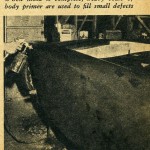
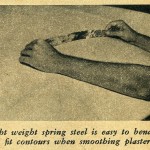
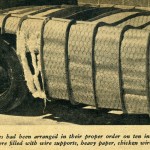
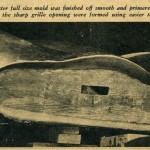
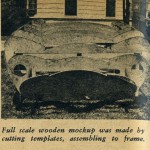
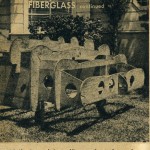
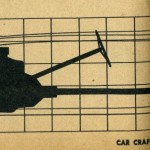
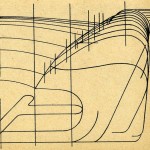
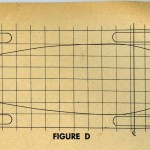
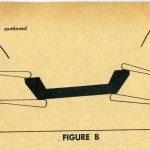
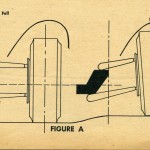
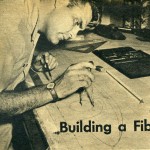
This site is protected by reCAPTCHA and the Google Privacy Policy and Terms of Service apply.